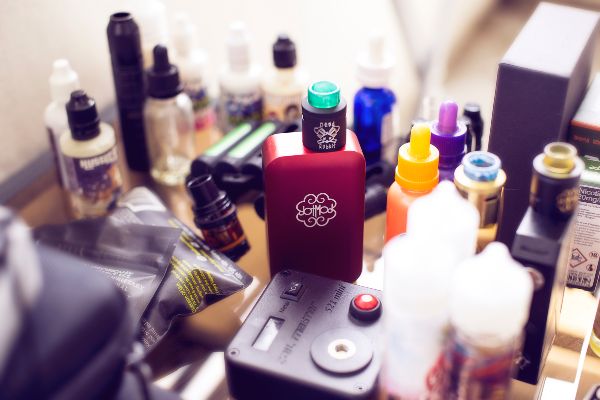
Vaping Addict?: you may want to take note of this new study
Vaping has become an increasingly popular alternative to cigarettes.
It isn’t uncommon to hear throughout the media that vaping is safer than smoking traditional cigarettes.
However, that doesn’t mean that e-cigarettes are completely harmless as researchers in the University of Birmingham have uncovered.

Their evidence suggests that vapourised e-liquid increases the production of inflammatory chemicals and disables key protective cells in the lungs that keep the air spaces clear of potentially harmful particles. – (EEK). Even being a professional vaper, you should know about diversity of the best cbd wax (check here for more).
Researchers published the study in a journal, Thorax and found that the vapour impairs the activity of cells, called alveolar macrophages.
These protective cells are fundamental to the immune response within the airways.
Alveolar macrophages are responsible for engulfing and removing dust and bacteria.
Furthermore, they clear allergens that may compromise our respiratory defences.

“Our work clearly shows that vapourised e-cigarette fluid is toxic to living cells; increases the production of inflammatory chemicals; and inhibits the function of cells that are key to the immune system,” said Dr Aaron Scott, of the University of Birmingham’s Institute of Inflammation and Ageing.
Their work demonstrated similarities in cell behaviour when vapour was introduced, that is typically seen in traditional smokers and those suffering with the lung disease; chronic obstructive pulmonary disease (COPD).
“Importantly, we found that exposure of these cells to e-cigarette vapour induced many of the same cellular and functional changes in function seen in cigarette smokers and patients with COPD.
“While further research is needed to fully understand the effects of e-cigarette exposure in humans in vivo, we suggest continued caution against the widely held opinion that e-cigarettes are safe,” added Dr Scott.

The scientists hope that their findings will educate the general public of the negative effectives of vaping on human health.
Professor David Thickett, from same department in the University of Birmingham said: “cigarette smoking is associated with the cause of almost every lung disease – lung cancer, asthma, COPD and fibrosis.”
“It has been suggested electronic cigarettes are safer than traditional cigarettes, and this narrative is increasingly supported by tobacco companies that have established research institutes devoted to generating supportive data.”
“E-cigarette users have been given advice based on relatively little information. We hope that by disseminating this data as widely as possible the public can at least make an informed choice; the public must be aware these devices are not harmless.”

The professor also highlighted how the study shows that “dedicated funding and research” is needed to really evaluate the long-term health effects of e-cigarettes.
The researchers concluded that under laboratory conditions, the vaping process can damage vital immune system cells.
Vaping is still a relatively new habit, hitting the European markets in April 2006.
Much like cigarettes, this may be a case of only time will tell to really know the true extent of the good, bad and the ugly side effects of vaping.









